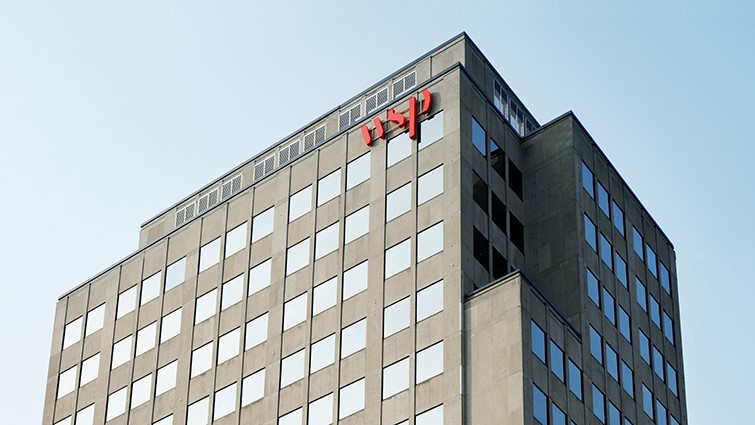
How did the acquisitions made by WSP in 2019 impact its business in Peru?
WSP has acquired nine companies in 2019, however, the Louis Berger acquisition that happened towards the end of 2018 was the one that impacted the company’s Peruvian business the most. Louis Berger had been active in the country for 24 years, and its portfolio of projects includes infrastructure, and the design and supervision of airports and ports has really strengthened the diversity of our business in Peru.
The industry has been undergoing a wave of consolidation through M&A, as you need to be ubiquitous, have a global footprint and a wide range of expertise to follow the biggest clients. For instance, in Peru we are running several projects which have an active presence of our colleagues from the UK, Canada, Australia, Colombia and Chile.
What type work has WSP been doing from its environmental and water segments?
The environmental segment is a key part of WSP’s long-term strategy, and some of the company’s recent investments have been directed here, such as the acquisition of the US-based company Ecology and Environment in December 2019. In Latin America, WSP is the leading consulting firm in environmental services and water, with over 1,000 employees dedicated to this. Environmental also brings to the table the social aspect, not just the permitting. It is more holistic and comprehensive, addressing topics such as climate change, sustainable economic development and community engagement. Part of WSP’s consulting service is focused on how to forge a long-term relationship between a project, the community, and the operation. Tied to this is, for instance, is mine closure, which is a multi-disciplinary service in its essence that involves the environment, water management, decommissioning, community management and general infrastructure.
How could social tensions between the industry and regional communities be alleviated?
There are countries that have managed better than others with this issue. For instance, Canada has developed mutually beneficial relationships with local communities to develop mines in harmony. There is not a recipe for success for this, but you have to have a deep understanding of what the communities want. There has been a lack of trust in the promises being made by some of the new developments. Society has lost faith in the establishment, which has created a bridge for more stakeholders to come to the table. Consulting firms can help from a technical approach, and can help engage NGOs, which is something WSP has been doing in Latin America. This is linked with innovation – how can you bring value to a project longer than its life of mine? Mining companies cannot afford to only be experts at their core business but must now consider the social aspect from the very beginning of a project.
Have you noticed an increase in the demand for tailings services in the wake of incidents such as Brumadinho?
Absolutely. We have noticed a rise in the demand for our tailing services in recent years, with a more proactive approach from mining companies to invest in technology and new ways that mitigate the environmental liabilities posed by tailings. We are just starting these services in Peru, but always in collaboration with our experts abroad. An example of this is the work WSP is doing with Glencore at Antapaccay, performing an EoR (Engineer of Record) for the three tailing dams. Safety is in the core of the mining sector and every incident is considered seriously.
Can you elaborate on WSP’s “Future Ready” slogan?
“Future Ready” demands WSP to design today considering the problems of the future. In a 30-year project, what issues could be faced down the line, and how can we address them now? Three of the fundamental key trends to consider for this are climate change, society and technology. We believe this approach is what differentiates WSP and what helps us retain the best experts. In order to follow this approach, having global expertise is important, but you also need to question yourself. We analyze the development of resources, economies and technology to predict how things could be in the future. It is important to have clients with a similar mindset, and we have started to see this from the biggest clients, as this is being driven by shareholders and consumers. In Peru, this used to be a back-office issue, but is moving to the front of corporate strategy.
In the next two years, what would WSP like to achieve in Peru?
We want to be the premier consulting firm in Peru, so that when mining companies have a problem they need solving, they first think about WSP. The commitment is with the clients – it is not about having the most employees or the biggest revenue, but about being the industry reference for quality as a one-stop-shop.
(This article first appeared in the Global Business Reports)
Comments